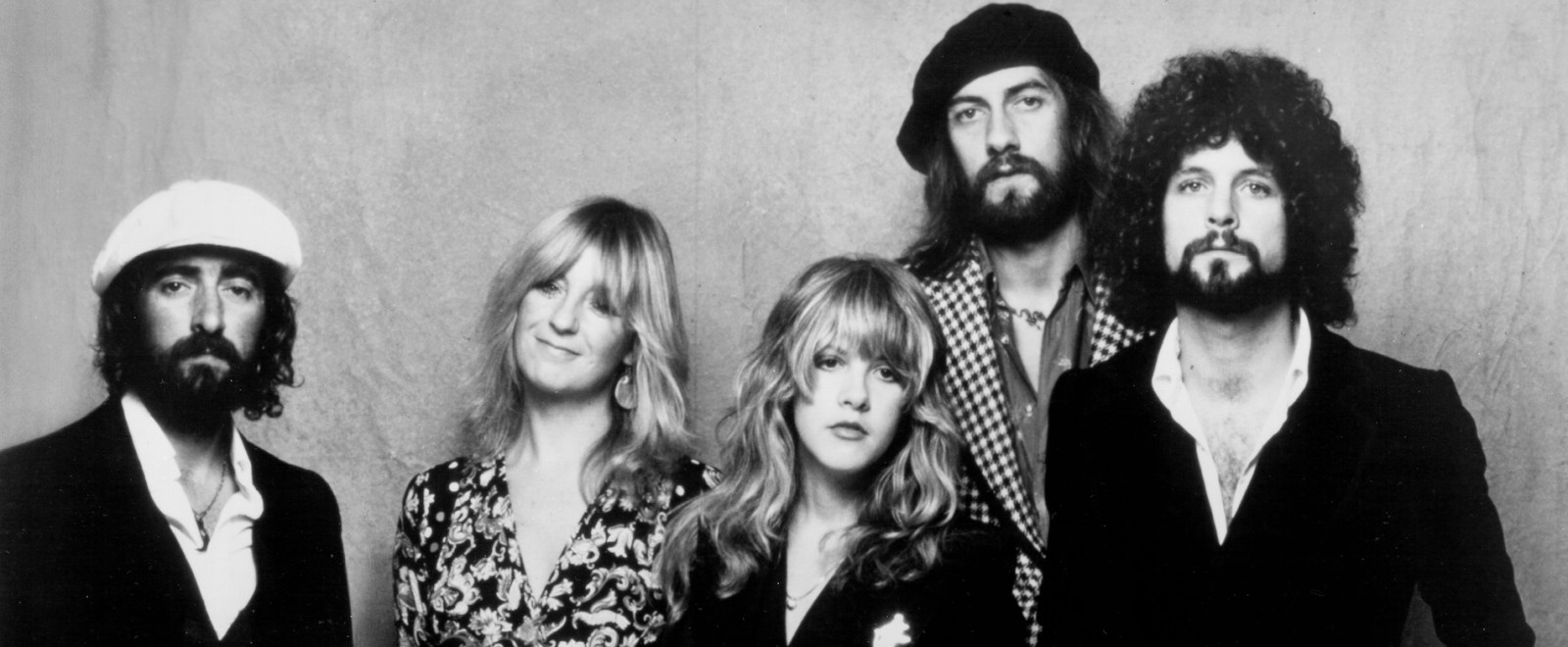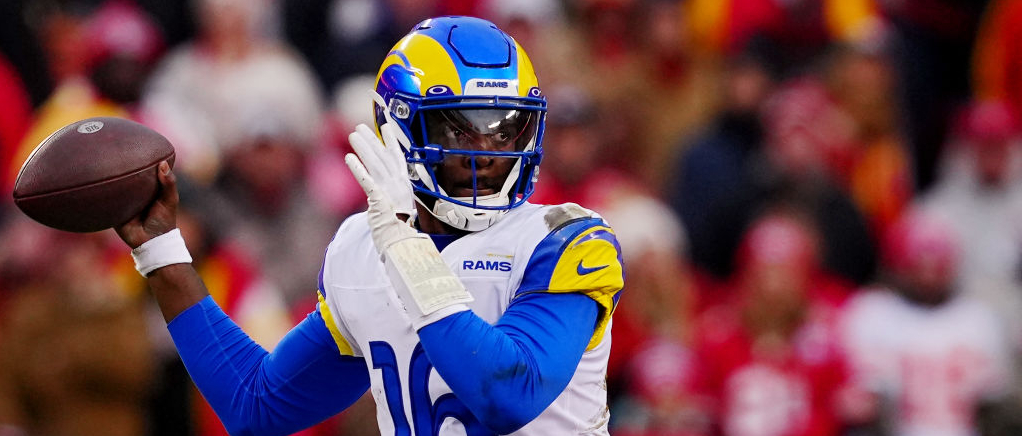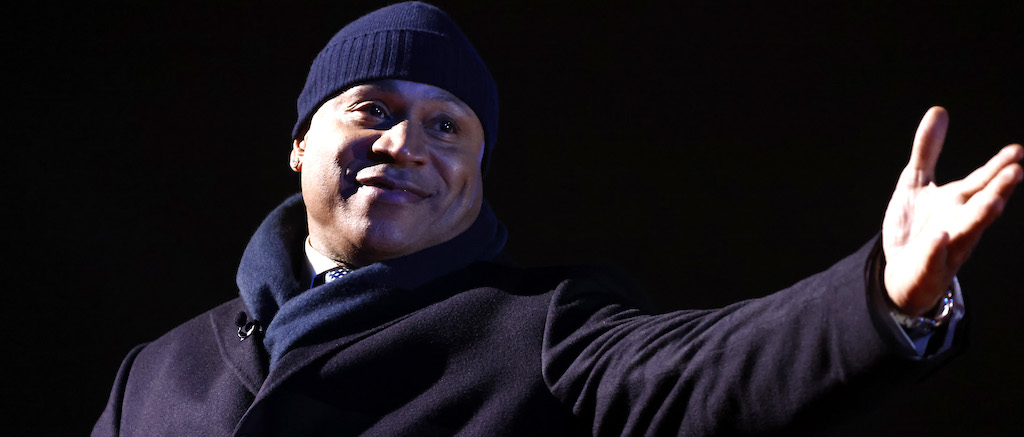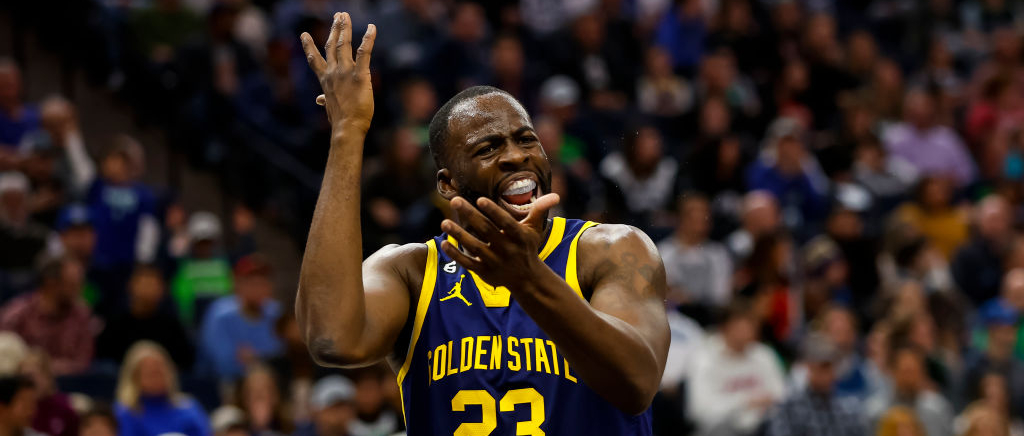This holiday season, why not pour a bunch of whole milk into a glass already filled with Pepsi then leave it out overnight? Santa will love it. Especially since he’s already loaded to the gills on dairy from every other household on the planet. It definitely won’t make him leave you coal or burn down your Christmas tree.
The idea was first popularized by Olivia Rodrigo, and now the Pilk craze (which may or may not be a real craze) has been picked up by the commercial marketing team at Pepsi. In selling Pilk to the world (and St. Nick), they’ve hired Lindsay Lohan — on the cusp of a true Renaissance — to don an outfit reminiscent of her Mean Girls dance costume and proclaim Santa’s taste in beverages to be “one dirty soda.”
There is no greater generational synergy then taking something that blew up on the Gen Z platform and sell it with nostalgia nods for the Millennial crowd. Maybe if they claim it has a soothing laxative quality, the Boomers can join on in. Either everyone will be drinking Pilk by Boxing Day or no one will because it sounds like a drink people only drink on a dare. Still, what a way to steal Santa away from his iconic Coca-Cola roots.
No disrespect to Lohan, but could Pepsi not afford to hire Glen Coco?
(via Entertainment Weekly)





